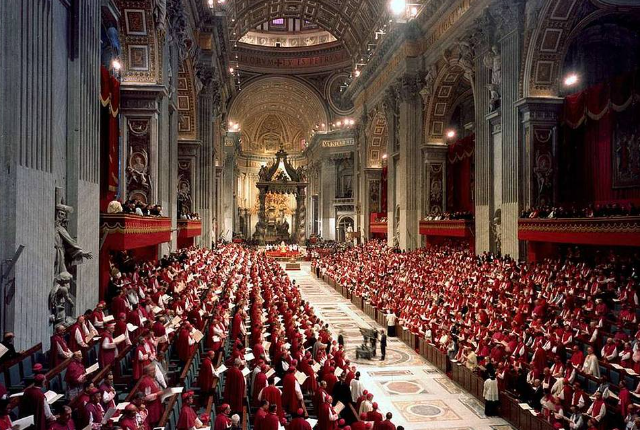
The question is not if Latin is beautiful it is if the liturgy is giving the Church its true self today. The efforts of commodious Catholics are about much more than chanting and scent these days. They are about ecclesiology how the Church understands itself and if re-turning to the past would ruin just what Vatican II sought to bring back anew.
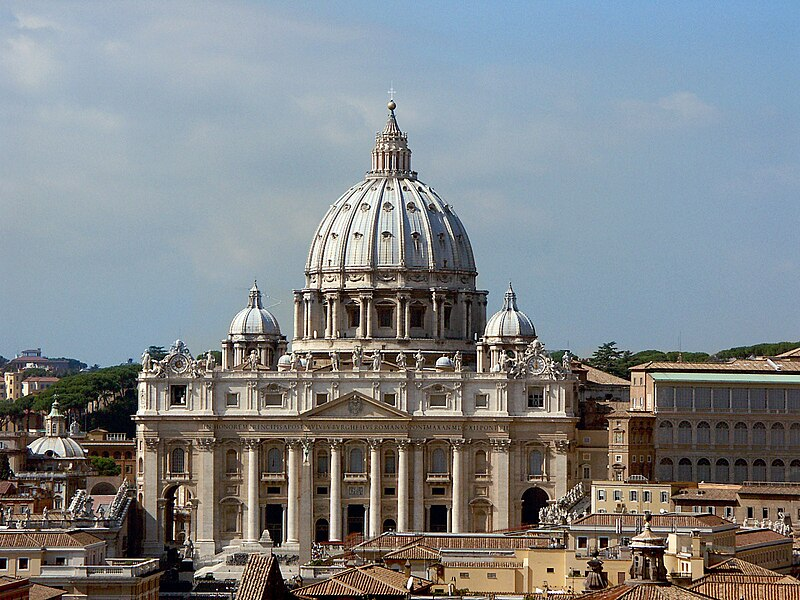
1. The Ecclesiology of the Liturgy
The Second Vatican Council did not merely provide cosmetic rubric reform it recreated the Church’s experience of the world. Prior to Vatican II, the Church often wore the mantle of a clericalist fortress church, spare, and opposed to dialogue. The Vatican II reforms, informed by documents like Sacrosanctum Concilium, honored openness, collaboration, and a theology that invited vibrant engagement from the faithful. As Cardinal Raniero Cantalamessa explained it, Vatican II’s liturgy was “a return from a relatively recent past to a more ancient and original one,” from a process of clericalization to a shared celebration of worship.
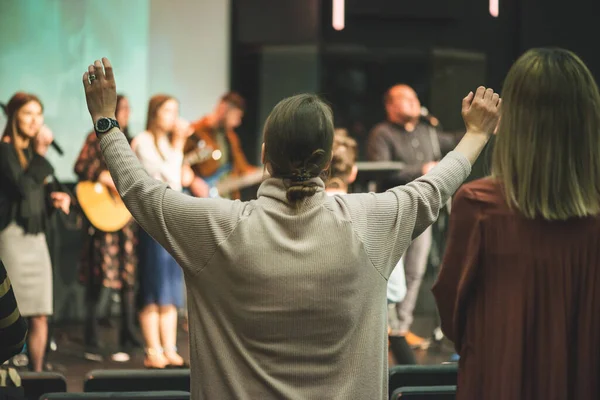
2. Active Participation as a Theological Imperative
Its insistence on “full, conscious, and active participation” wasn’t so much that Mass was going to be a social affair of some sort. It was that it would be a richened vertical relationship with God, which richens horizontal relationship in the community as well. This involvement as such itself is a sign of the “priesthood of all the baptized,” a doctrine Vatican II took from scripture and from earliest Christian usage. In the Novus Ordo we answer, we bring forward the offerings, we directly join in prayer action which are signs of our priestly baptismal calling.
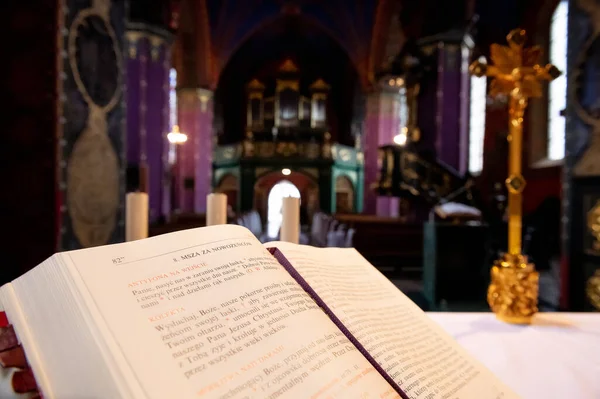
3. Latin: Reserved but Not Abandoned
Far from myth, Vatican II did not scrap Latin. Sacrosanctum Concilium actually enacts decisively, “The use of the Latin language is to be retained in the Latin rites” reserving vernacular for pastoral purpose. Pope Leo himself clarified recently, “You can say Mass in Latin right now. If it’s the Vatican II rite, no harm is done.” The change was not a question of turning its back on the past, but of leaving the liturgy open-ended and participative for the vast majority who attend to pray.
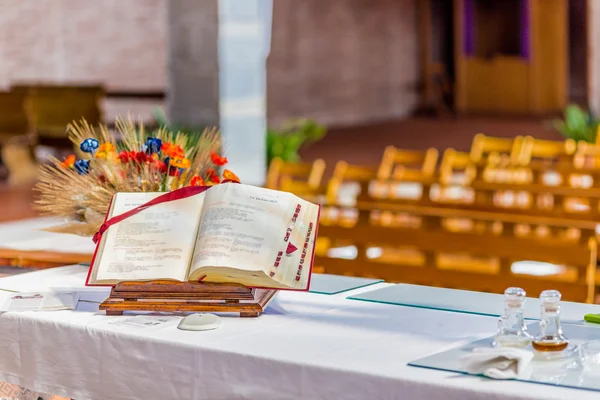
4. The Richness of the Reformed Rite
Post-Vatican II liturgy broadened the lectionary so that it would include a wildly broader range of Scripture with a “richer fare” from God’s table of Word. This change nourished not just biblical illiteracy but drew the liturgy intimately nearer to salvation history. Reformed rites cut short excessive rubrics so that the Eucharistic mystery would be readily made available without being any less sacred.
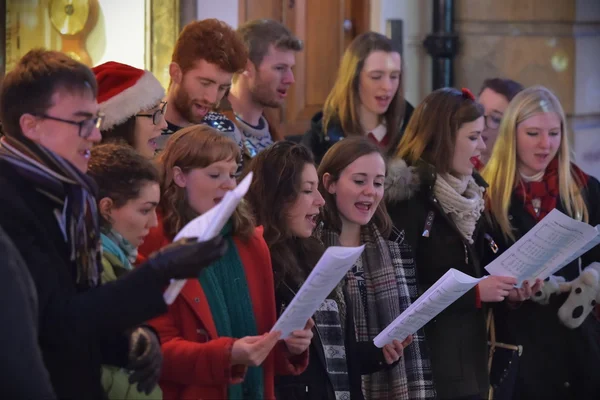
5. Music, Chant, and Cultural Adaptation
Gregorian chant continues to have “pride of place” in the reformed liturgy, whereas in its second half the Council affirmatively invited taking it on board local usage of music. Whereas some parishes avoided chant, other parishes used it alongside vernacular hymns as part of bringing about unity as well as formality. The challenge is as much as possible making such music subordinate itself to richness of theology in the liturgy rather than becoming sentimental or self-referential.
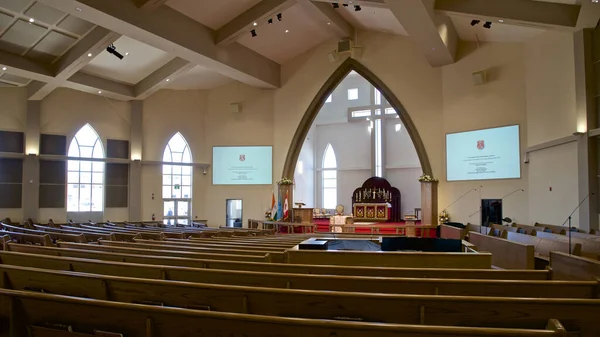
6. Confronting the People: Theological and Pastoral Advances
Although it was not mandated by the Council, visiting independent altars with priests facing the people was received by the magisterium. This orientation positions the faithful inside the Eucharistic action itself, which calls to mind Christ’s instructions at the Last Supper: “Take and eat take and drink.” It underscores that it is a public offering of sacrifice with priest and people visibly united.
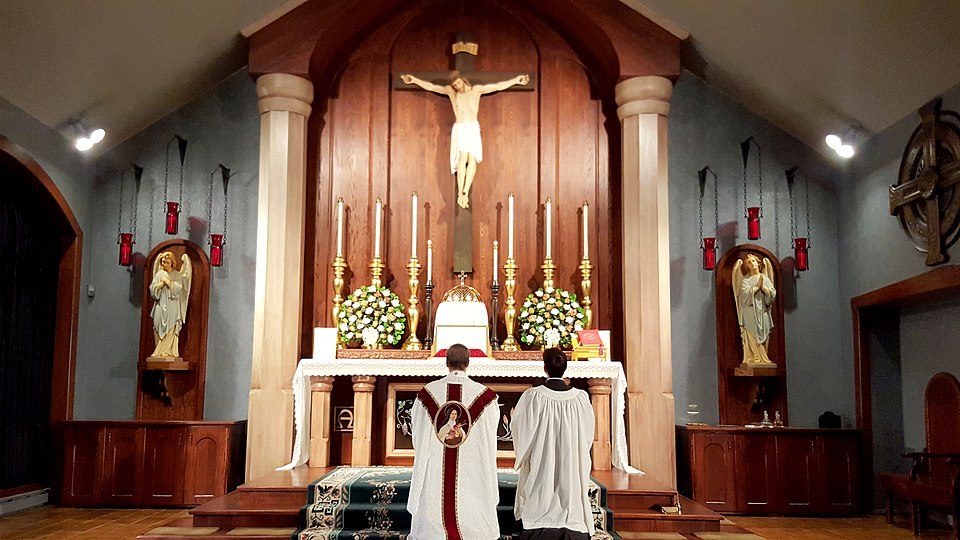
7. The Attraction of the Old Rite
Surveys register increases in young Catholic men especially returning to religion, many of whom become drawn to the Traditional Latin Mass. Formality, ritual solemnity, and sensory richness are appealing in a fragmented world. Roxy Beckles capsulizes this appeal “Latin, incense, chant, sacred silence bring the whole person body, mind, and soul into a service of adoration that lifts us above ourselves and into the presence of God.” But these never disappeared these are still provided within the reformed rite for churches who want them.
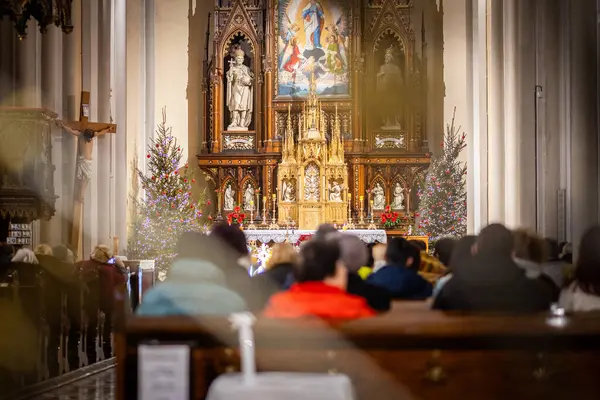
8. The Pre-Vatican II Ecclesiology’s Risk
Its fundamental flaw is not with linguistics, nor with aesthetics it is with the underlying ecclesiology of the older ritual. Pre-Vatican II liturgies had a standard separative theology with priest celebrating apart from people, whispered prayer off-microphone, laity as silent witnesses. Its resurfacing would turn back five decades of drift toward a Church which addresses the world in dialogue, which forsakes antisemitism, which labors on religious as well as secular frontiers for peace and justice.
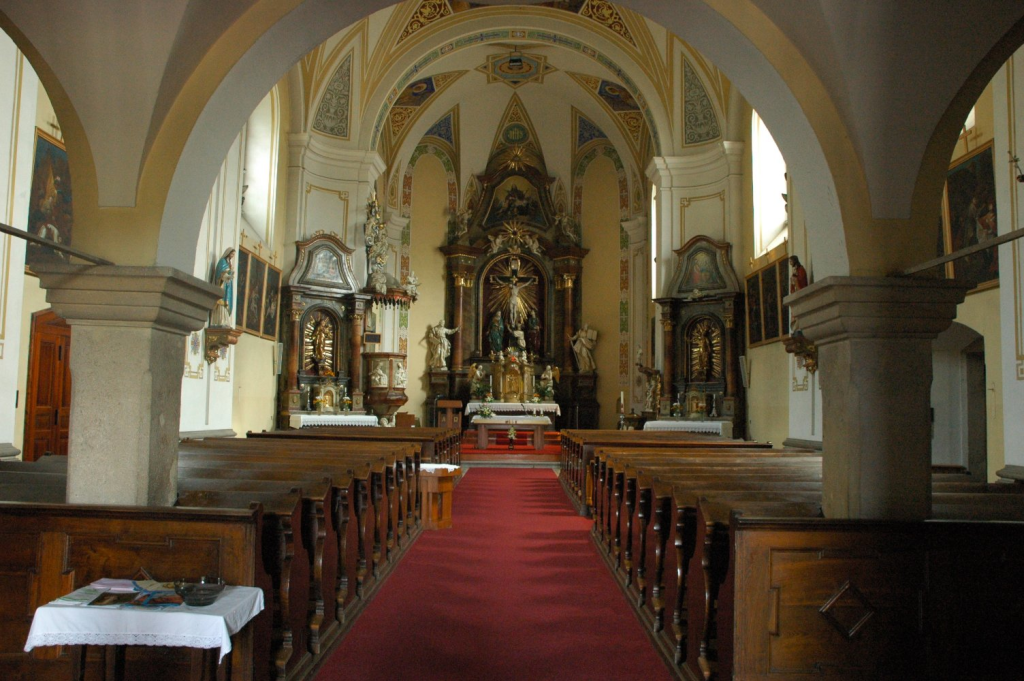
9. Why the Novus Ordo Matters Now
Novus Ordo is the dream of Vatican II: a liturgy that brings forth in our time that missionary charism of the Church yet remains firmly rooted in the past. It keeps Latin, chant, and solemnity while incorporating them into a scheme of active participation and readily understandable theology. As Pope John Paul II warned, by “gesture, word, song and service silence, stillness and listening” the faithful have to join in so that adoration is always contemplative but never isolative.
In every conversation about liturgy is always conversation about identity. The Mass itself isn’t a ritual it is the living expression of what the Church believes about God, itself, and its ministry. The Vatican II reforms aligned that expression with a new ecclesiology vision that would be responsive both to ancient roots as well as to new conditions. In faithful Catholics of the Church’s future that vision is not merely still pertinent but necessary.


